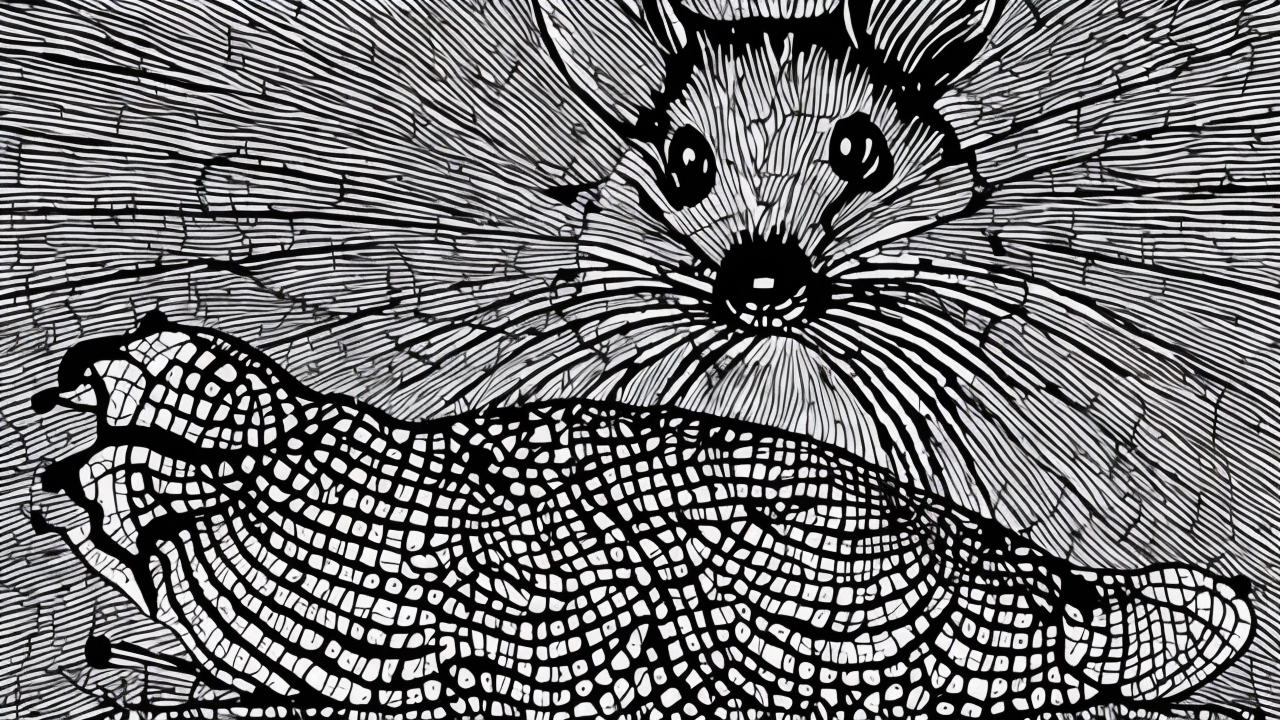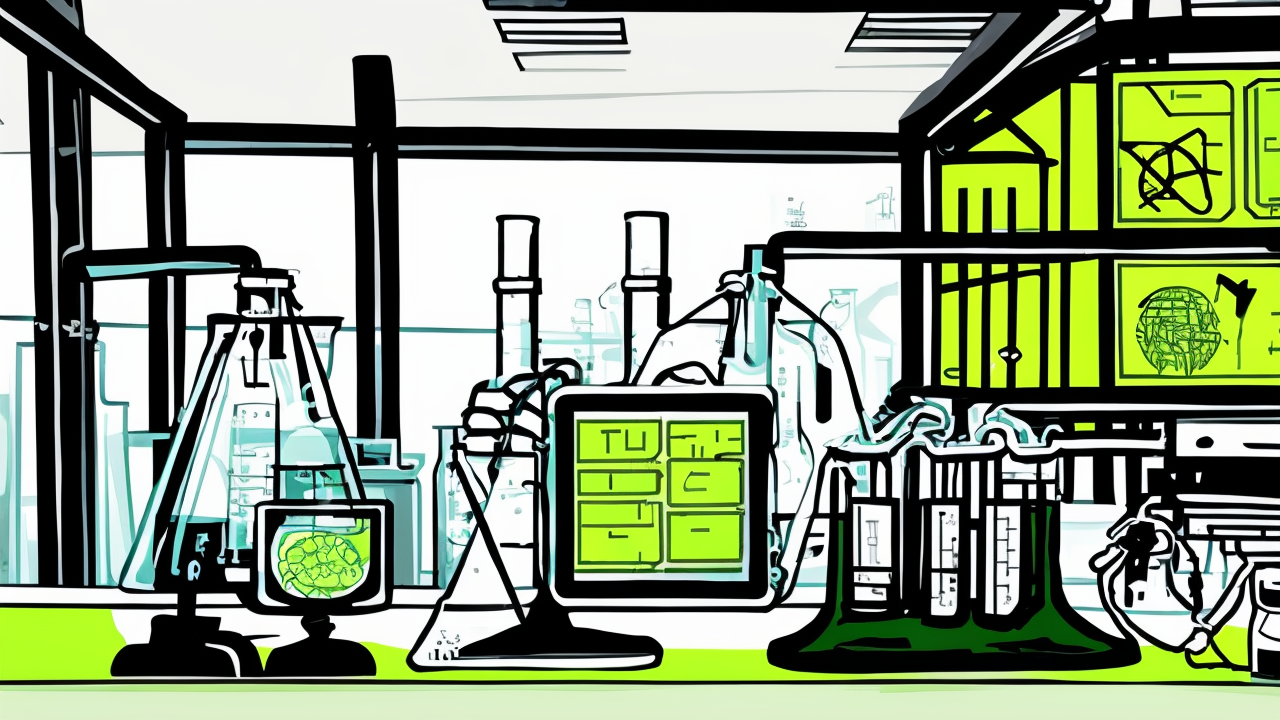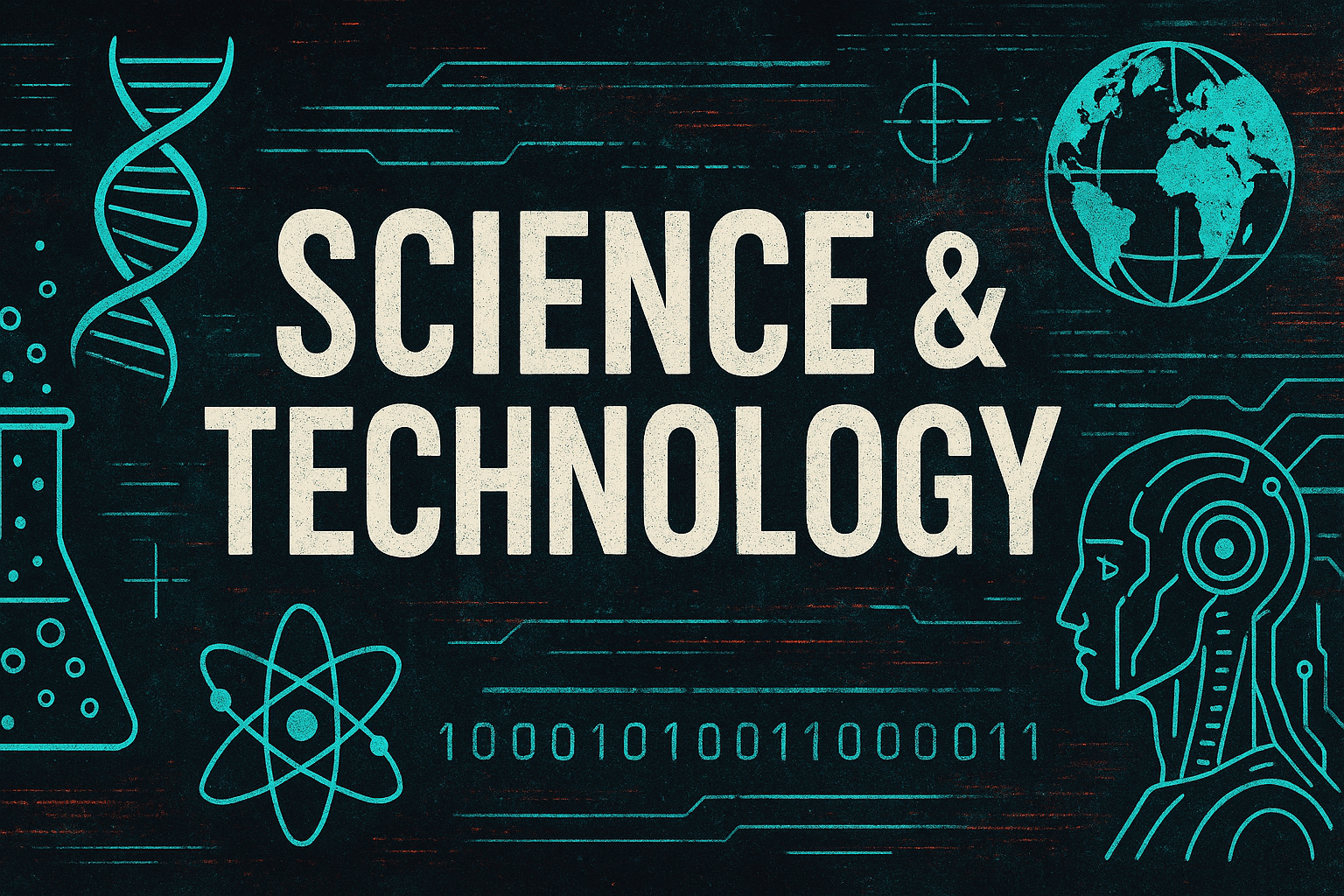Breakthrough: Mice Regrow Ear Damage Using Retinoic Acid Signaling

Researchers have made a significant advancement in regeneration science by restoring ear tissue in mice using retinoic acid signaling. While animals like lizards and axolotls can regenerate limbs and organs, mammals have largely lost this ability over evolutionary time. A team led by Wei Wang at the National Institute of Biological Sciences in Beijing identified the Aldh1a2 gene, which is active in regenerating rabbits but inactive in non-regenerating mice.
By injecting retinoic acid, a compound derived from vitamin A, or modifying the Aldh1a2 gene in mice, the team successfully triggered ear tissue regeneration. This process involved activating pathways that direct cell specialization and growth. Previous attempts to use retinoic acid for regeneration in mice failed, likely due to insufficient concentration or duration of treatment.
While the study marks a promising step toward understanding regeneration in mammals, significant challenges remain. The regenerative mechanisms are complex, and it is unclear whether this approach can be applied to other organs like the heart. Researchers also aim to uncover why most mammals lost their regeneration abilities and how to safely restore them.
This breakthrough highlights the potential for future therapies targeting tissue repair but remains in the early stages of exploration.
Published: 6/27/2025
















